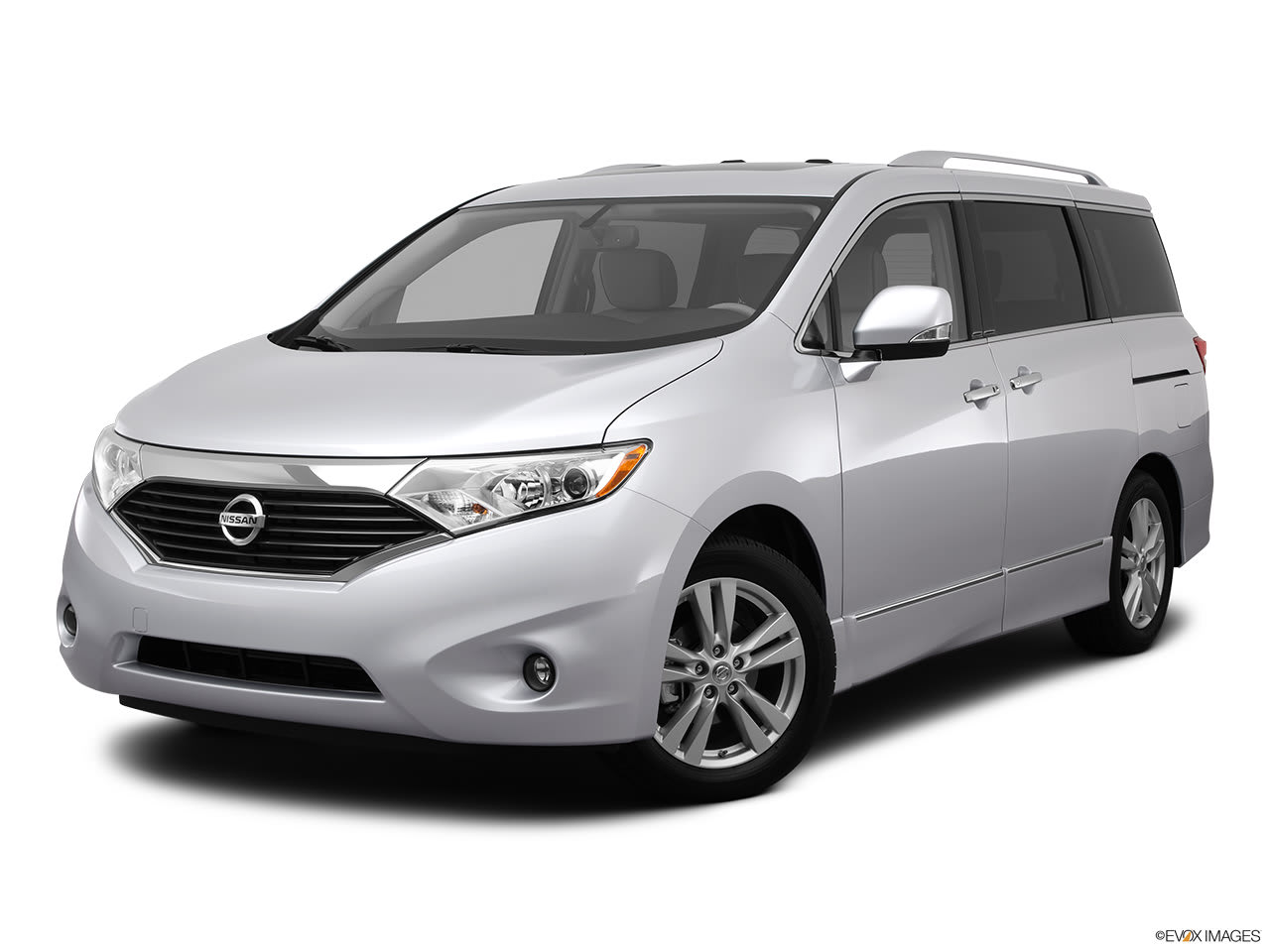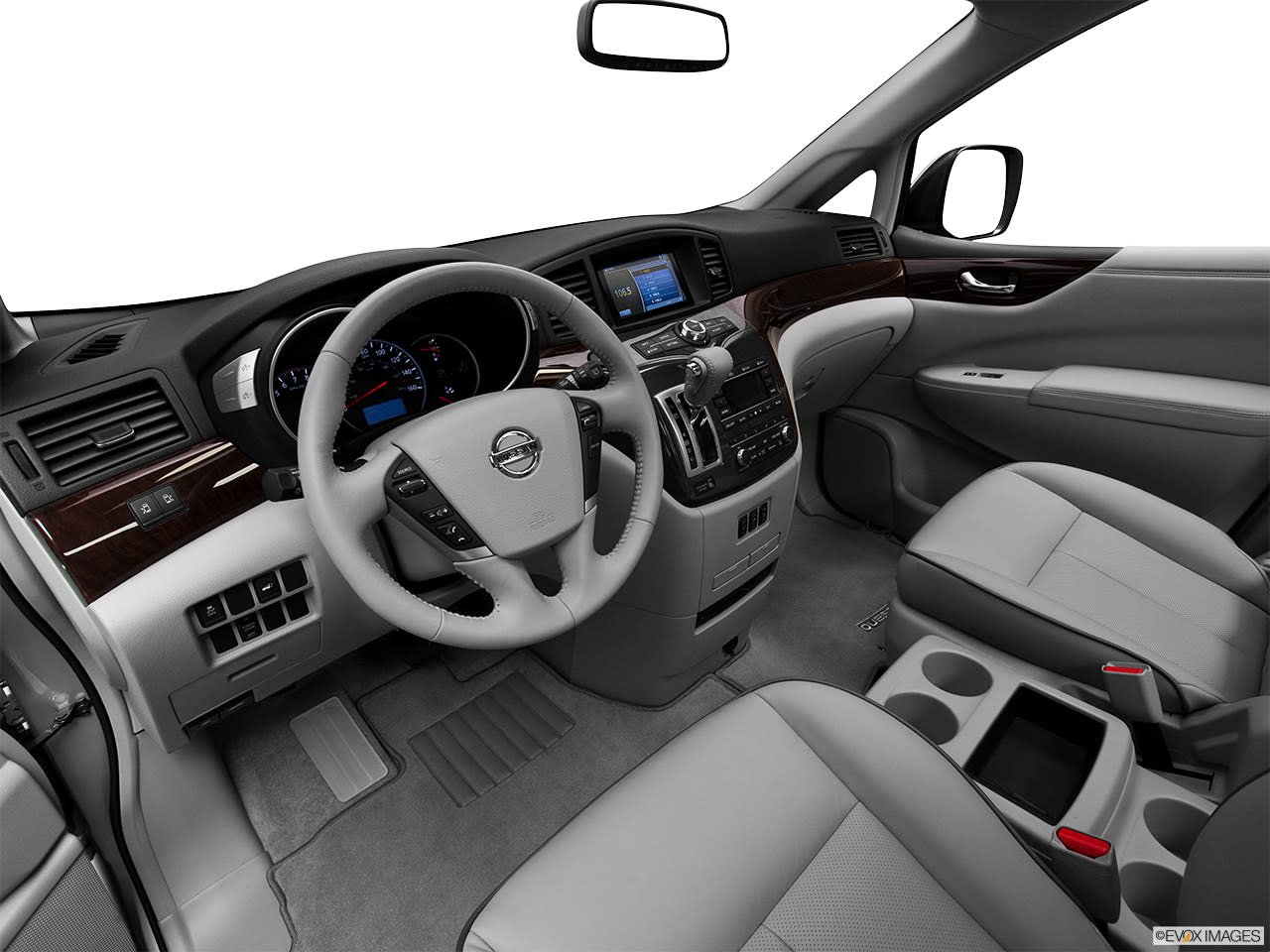

If your family has gotten to the size where a minivan makes sense, you have a huge market to explore. Start with the 2012 Nissan Quest, though, and you may find that your search becomes a relatively short one. The Quest has been synonymous with the kind of luxury you may not expect from a minivan.
Key Features
The interior of the 2012 Nissan Quest is absolutely gorgeous. Leather seating, a tasteful color scheme and a well-organized dash will almost make you wish you could hire the same designer for your house.
CVT (continuously variable transmission) is the future of transmissions. You’ll get responsive shifting to whatever terrain you’re dealing with, but you’ll never have to do any of the shifting yourself. This alone gives the 2012 Quest an edge over all of its sluggish competitors.
Changes for 2012
Not a lot has changed since 2011, but Nissan did add an XM Satellite Radio to the Quest (SV and SL trims only).
What We Like
Aside from maybe the Honda Odyssey, there just isn’t a minivan with an aesthetic as stylish and dynamic as the Quest. Forget about the stereotypical eyesore you’re used to when you think of minivans; the Quest shows what’s possible with these vehicles.
The Quest isn’t all about looks though. It’s also packed with features like push-button start, seating for seven, a six-CD audio system and even more depending on the package you choose. What Concerns Us
It seems almost unimaginable that Nissan would pack the 2012 Quest full of every bell and whistle except for a DVD player. This vehicle is clearly meant for families and any parent would welcome the opportunity to play a movie in the back during long trips.
Available Models
There are four model types to choose from with the 2012 Nissan Quest: LE, S, SL and SV. All offer the same 6-cylinder, 3.5-liter engine that kicks out 260 horsepower. The engine will get you 19 mpg in the city and 24 on the highway.
The differences come down to extras found in the interior.
Major Recalls
Certain models of the 2012 Nissan Quest were recalled the same year it debuted because software programming could stall the flow of fuel to the engine. This often meant the engine stalled and crashes occurred.
Common Issues
Seven-person seating is great, but how hard would it have been to increase that to eight?




